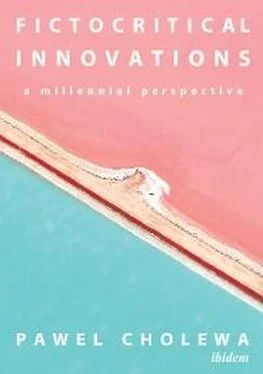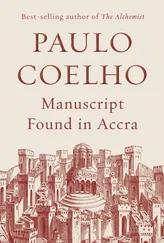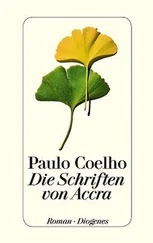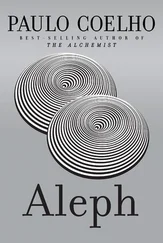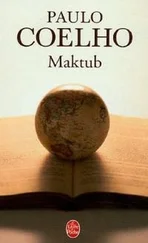Helen Flavell’s important and unique 2004 doctoral thesis Writing-Between: Australian and Canadian Ficto-Criticism provides a thorough description, explanation and history of the term. What is so good about Flavell’s work is that it is likely to be the first thesis to look at fictocriticism as a style/genre through a more theoretical lens: “Through my application of Deleuzian theory I encourage a productive use of the literary machine, extracting from the ficto-critical text its revolutionary force” (Flavell 40).
Elements of fictocriticism are also perhaps comparable to the idea of jouissance , which can be inferred from a reading of Barthes’ The Pleasure of the Text (1973) and French feminism, in the discourse(s) of Julia Kristeva and Hélène Cixous, for instance (Spivak 166). Jouissance has been interpreted or connected to concepts such as “bliss”, “fully-tasted pleasure”, “orgasm” and “perversion” (Gallop 566). And it is a mode or an amalgamation of these things—an excited and stimulated sensation in which a feeling and/or sentiment of sexuality can be interconnected with a blissful intelligence and engagement with the text, whether in the act of reading or writing. And so, an ecstatic jubilation would come under that mode also. Like fictocriticism (and a lot of metafictive devices), jouissance is simple enough, though something that one needs to actively engage with in order to understand and appreciate.
Due to the amount of purely fictocritical discussion(s) that needed to take place throughout the research process, much of the ‘higher’ theory has been expounded in the creative folios also. This, in many ways, is complementary to fictocriticism’s double-voiced and subtextual (Rubenstein 37) nature. Still, a deliberate methodology pervading this body of work is all about splitting my cognitive awareness into two parts: one as creative self, the other as analytical self.
Occasionally these two writing approaches (creative and theoretical) are quite challenging to separate as there is a large amount of overlap between the two. This experimental study contends that this is a strong characteristic of fictocriticism though, and there are a myriad of academics that discuss the potential of literary research to be developed in this manner too (Barrett 2004; Kroll 2004; Nelson 2004; Brewster 2005; Arnold 2005). That is a discussion for another time: however, it is a possible avenue for future research and innovation.
Also, I initially assumed that my very early research and work was fictocritical because a concrete and consistent explanation of it could not be located elsewhere. I found it difficult to understand the methodology properly without this concrete, unequivocal definition. It created a severe mental block in the work. Thus, at the end of 2017 a decision was made to alter my doctoral project into a literary ‘experiment’ which would produce an industrious, working definition of fictocriticism as a literary genre. In essence, my doctoral dissertation (and subsequently this book) construct a definition of fictocriticism itself through the creative writing experiments that would push the methodology’s boundaries. This process and feedback formed a renewed and re-focused line of research questioning that was definitive: What is fictocritical fiction? Is there a definition of it that is agreed on by all fictocritical academics? And which of my experimental pieces succeed or fail in this vein? Other similar questions then include: Does fictocriticism work well within both academic and creative writing practices? Does it work in a hybridised manner? Is it a methodology that can still be innovated? Has, or how has, fictocriticism changed over the years to become more concise and dynamic, regimented, or has it become more vague and obscure? By ‘doing’ fictocriticism, what problems does it solve? And do the ‘experiments’ in fictocriticism presented in the different (creative) folios of this book innovate upon the form successfully, and also show pathways for future research, or do they fail? This exploration, by its conclusion, aims to demonstrate which pieces succeed, which pieces fail, or which elements of pieces succeed fictocritically and which elements fail fictocritically. Also, if fictocriticism can be better categorised and synthesised, what boundaries and rules could sustain it as a legitimate form and methodology in academia in the future?
Questions that are left unanswered, or open to debate, but demonstrate the potential to take up this scholarly research baton and continue studies in fictocriticism and other hybridised forms of writing, also relate to the potential of academic writing/research to be developed in a different (more engaging) manner (Barrett 2004; Kroll 2004; Nelson 2004; Brewster 2005; Arnold 2005). They are possible avenues for future research and innovation. Autoethnography, for instance, has been taking up an innovative methodological-pedagogical approach for itself for years (Ellis and Bochner 2000; Holt 2003; Canagarajah 2012; Méndez 2013; Anae 2014); Theses One and Two of this text contend that autoethnography and fictocriticism are cut from a similar methodological cloth.
Fortunately, some of these broader questions and theoretical concerns have begun to be addressed. In 2017, a thorough theoretical exploration into fictocriticism entitled Fictocritical Strategies: Subverting Textual Practices of Meaning, Other, and Self-Formation was published by Gerrit Haas. This occurred more or less during the final stages of my doctoral work. Hence, it has been both gratifying and validating to find a relatively recent work with a similar theoretical focus, despite fictocriticism often seeming dormant or veiled in the literary fringes of academia.
It is, therefore, at least necessary to summarise some of Haas’ goals and intentions and how they may or may not relate to this study. Haas calls for “a systemic conceptualisation of fictocriticism that can hope to capture its various historical strands as well as possible forms to come without stifling its subversive potential … a defining general pattern at work” (12).
What this book calls for is the (re)discovery and categorisation of distinct fictocritical innovations and/or traits. Put excruciatingly simply, Haas seeks to locate an overall theoretical pattern in fictocriticism, whilst my book aims to find some of its ‘new’ distinct patterns. Both Haas and myself observe, dissect and scrutinise the same literary form from two different angles: Haas from the macro, and myself from the micro.
Haas and I are in total agreement about fictocriticism being capable of more than “marginal relevance” (16), feminism’s antecedence in fictocriticism, and we are carefully considerate and respectful of our reliance on Flavell and Muecke’s research and writing in this area (12). Haas merely grinds at the ‘genre’ in a different way:
In many ways the precise connection between these two aspects of fictocriticism—between genre-subversion and marginal/ised speaking positions, between the text-discursive and the wider discursive, between the fictional and the ethical, theory and criticism—is the main subject of this thesis. (Haas 9)
It is necessary to reference Haas’ work, and where my own experiences and experiment(s) enter into the discussion or forefront of the debate surrounding fictocriticism. It is clear we must both be on the right track. Haas’ book is purely theoretical, whereas mine is about innovations, primarily based in response to my own creative works. Haas’ primary text sources for his study are vastly different (Haas 49-51). Also, due to the predominantly creative focus and field of this book, and the reliance of the theoretical work/theses to reflect back on the creative work/folios in a symbiotic way, I have experienced certain spatial limitations, or to put it more positively, my theoretical focus, methodology and process has had to be fine-tuned, tempered. Hence, this book’s predominant focus and/or expectant anticipation of innovative ‘technologies’ or “electric fictocriticism”, as coined by Simon Robb (100), entering the changing medium of reading, writing, communion and the reader-writer relationship in this field. Haas only alludes to this in passing in order to focus more greatly on the “wider discursive and cultural applications” (22) at hand.
Читать дальше
